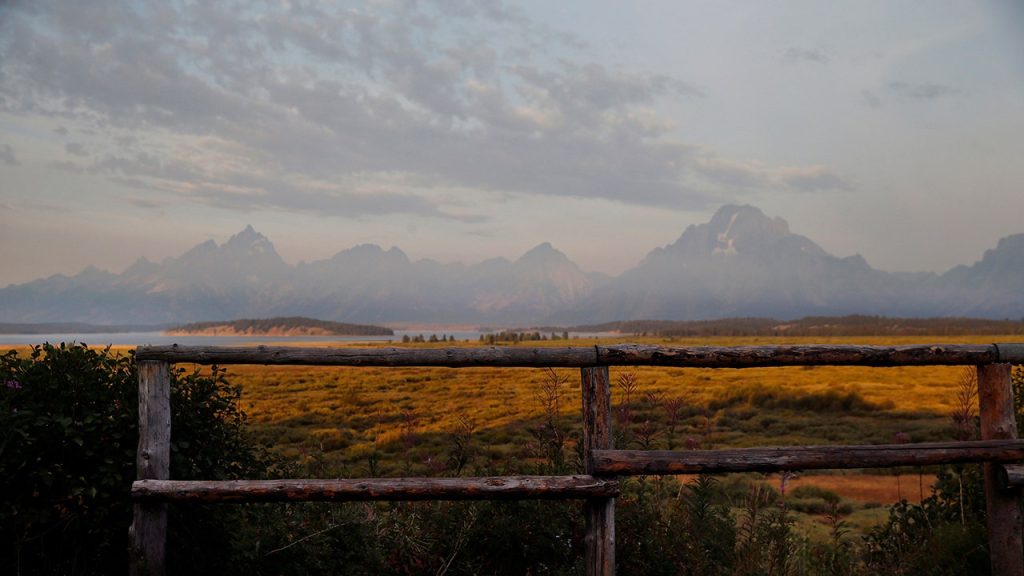In western Wyoming’s Grand Teton National Park, a 35-year-old man from Massachusetts was seriously injured in a grizzly bear attack on Signal Mountain. The man was surprised by two grizzly bears on Sunday afternoon, leading to his injuries. Rescuers flew him by helicopter to an ambulance, which then transported him to a nearby hospital. Park officials stated that the man is expected to recover, but did not provide details about his injuries or how he encountered the bear. The park closed a trail and road to an overlook atop the mountain following the attack, which occurred at the beginning of the busy summer tourist season in Grand Teton and nearby Yellowstone National Park.
This incident is one of several bear attacks that occur each year in the region, as the grizzly population has grown. Park officials remind visitors to give bears plenty of space, carry bear spray, and avoid leaving out food that might attract bears. By following these guidelines, individuals can help reduce the likelihood of encountering a bear and minimize the risk of a potential attack. The safety of both visitors and wildlife is a top priority for the National Park Service, and implementing these precautions can help protect both humans and bears.
Grizzly bear attacks can result in serious injuries, as demonstrated by the recent incident in Grand Teton National Park. While the man is expected to recover, the encounter serves as a reminder of the potential dangers associated with wildlife encounters in the park. Visitors are encouraged to remain vigilant and take necessary precautions when exploring the area, particularly in areas known for bear activity. By being aware of their surroundings and following safety guidelines provided by park officials, individuals can help minimize the risk of bear attacks and ensure a safe and enjoyable experience in the park.
In response to the bear attack on Signal Mountain, park officials took swift action to ensure the safety of visitors and prevent further incidents. Closing the trail and road to the overlook atop the mountain was a necessary precaution to limit access to the area where the attack occurred. By temporarily restricting access to this area, park officials can conduct investigations and assess the situation to determine any necessary steps to prevent future bear encounters in the region. These proactive measures help maintain a safe environment for both visitors and wildlife in the park.
The incident involving the grizzly bear attack highlights the importance of coexisting with wildlife in national parks such as Grand Teton. As human populations continue to encroach on natural habitats, encounters with bears and other wildlife may become more frequent. By following guidelines established by park officials, visitors can help protect themselves and the animals inhabiting the park. Education and awareness about wildlife behavior are essential for promoting responsible interactions with bears and other wildlife, ultimately contributing to the conservation efforts in national parks across the country.
As the summer tourist season begins in Grand Teton and Yellowstone National Park, visitors are reminded to exercise caution and respect the natural environment. By remaining vigilant and adhering to safety guidelines, individuals can minimize risks associated with wildlife encounters and contribute to the preservation of these protected areas. The recent grizzly bear attack serves as a sobering reminder of the potential dangers present in the wilderness, underscoring the importance of responsible behavior and respect for the wildlife that call these national parks home. By working together to promote safety and conservation, visitors can help ensure a memorable and safe experience in the natural beauty of Grand Teton National Park.


